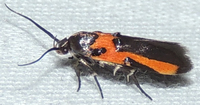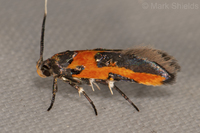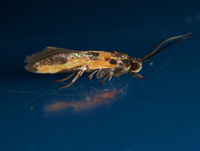
| Recorded by: Jim Petranka, Mark Basinger and Becky Elkin on 2025-08-30
Richmond Co.
Comment: | 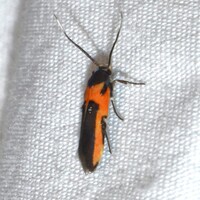
| Recorded by: Jeff Niznik, David George on 2025-08-29
Moore Co.
Comment: |

| Recorded by: R. Newman on 2025-08-09
Carteret Co.
Comment: | 
| Recorded by: Jim Petranka, Mark Basinger and Becky Elkin on 2025-08-03
Moore Co.
Comment: |

| Recorded by: Jim Petranka, Mark Basinger and Becky Elkin on 2025-08-03
Richmond Co.
Comment: | 
| Recorded by: Simpson Eason on 2025-07-30
Durham Co.
Comment: |
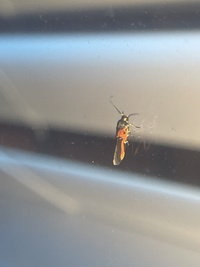
| Recorded by: Larry Chen, Sarah Toner on 2025-06-15
Dare Co.
Comment: | 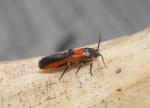
| Recorded by: R. Newman on 2025-05-06
Carteret Co.
Comment: |

| Recorded by: Hunter Phillips, Mark Shields on 2024-06-29
Onslow Co.
Comment: | 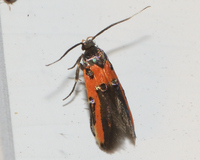
| Recorded by: Hunter Phillips on 2024-06-07
Onslow Co.
Comment: |

| Recorded by: R. Newman on 2024-05-09
Carteret Co.
Comment: | 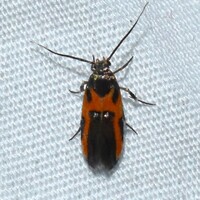
| Recorded by: David George, Stephen Dunn, Jeff Niznik on 2023-08-18
Caswell Co.
Comment: |
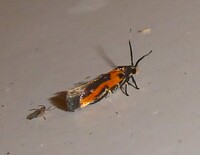
| Recorded by: Simpson Eason on 2023-08-10
Durham Co.
Comment: | 
| Recorded by: R. Newman on 2023-06-18
Carteret Co.
Comment: |
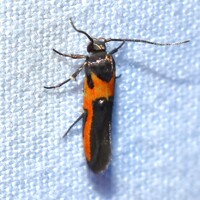
| Recorded by: Jeff Niznik on 2023-06-17
New Hanover Co.
Comment: | 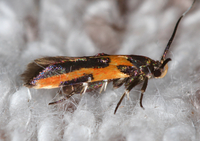
| Recorded by: Jim Petranka and Bo Sullivan on 2023-06-13
Scotland Co.
Comment: |
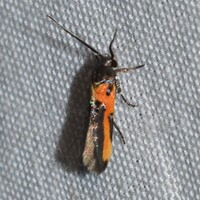
| Recorded by: David George, Jeff Niznik, Rich Teper, Erich Hofmann, Jesse Anderson on 2023-05-22
New Hanover Co.
Comment: | 
| Recorded by: R. Newman on 2023-04-29
Carteret Co.
Comment: |
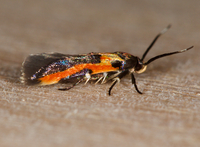
| Recorded by: Jim Petranka, Steve Hall and Bo Sullivan on 2022-08-28
Scotland Co.
Comment: | 
| Recorded by: R. Newman on 2022-08-21
Carteret Co.
Comment: |
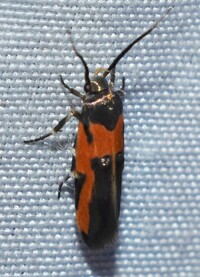
| Recorded by: Jeff Niznik on 2022-08-20
New Hanover Co.
Comment: | 
| Recorded by: R. Newman on 2022-06-08
Carteret Co.
Comment: |
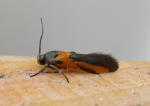
| Recorded by: R. Newman on 2022-05-05
Carteret Co.
Comment: | 
| Recorded by: Dean Furbish on 2021-08-13
Wake Co.
Comment: |
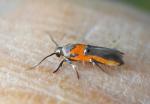
| Recorded by: R. Newman on 2021-08-09
Carteret Co.
Comment: | 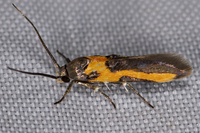
| Recorded by: Mark Shields on 2021-07-04
Onslow Co.
Comment: |

| Recorded by: R. Newman on 2021-05-17
Carteret Co.
Comment: | 
| Recorded by: R. Newman on 2021-05-17
Carteret Co.
Comment: |

| Recorded by: R. Newman on 2021-05-16
Carteret Co.
Comment: | 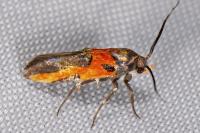
| Recorded by: Mark Shields on 2020-07-10
Onslow Co.
Comment: |
|

 »
»